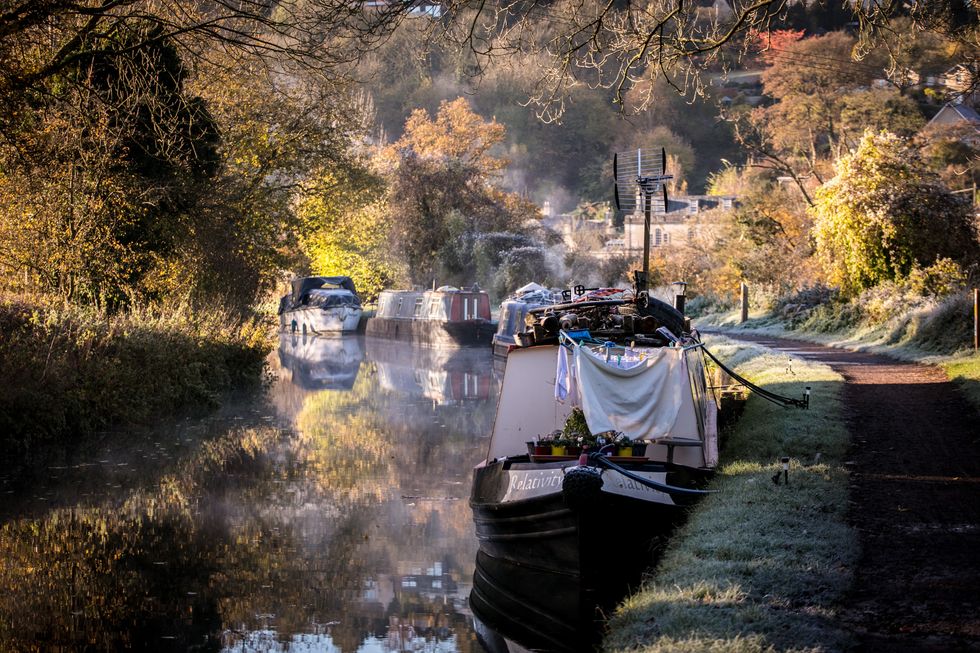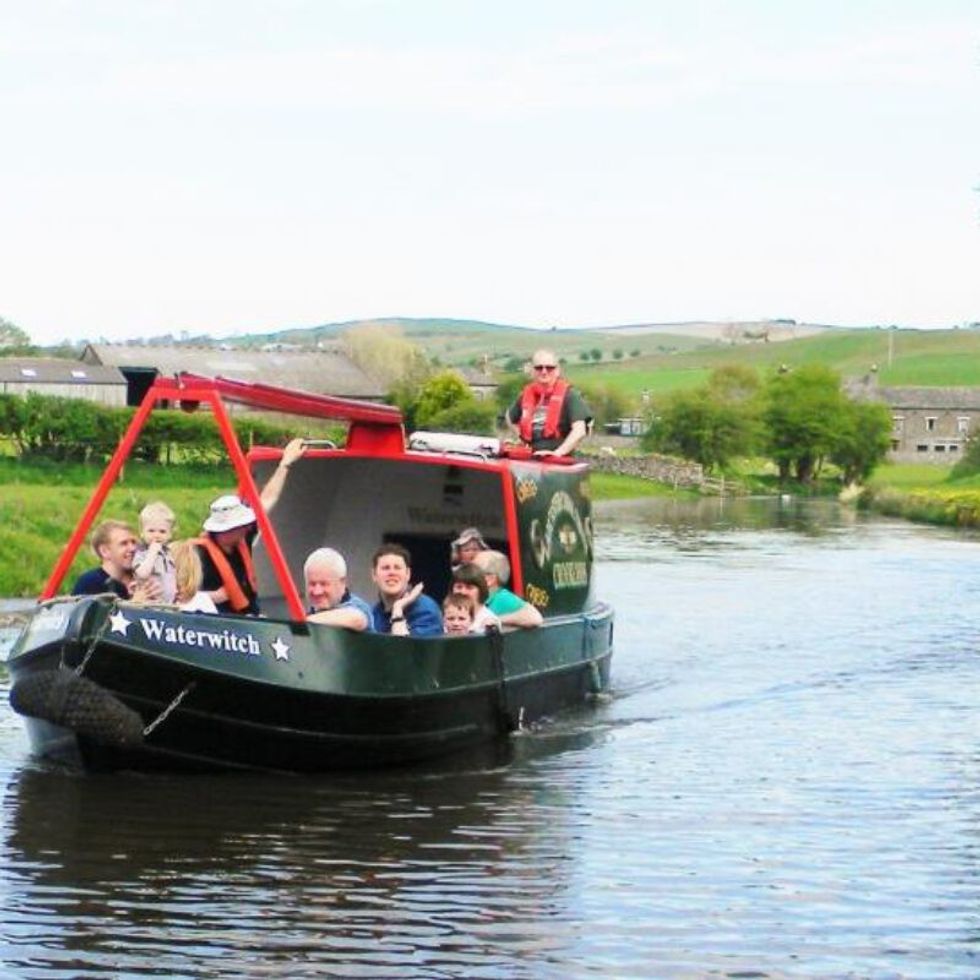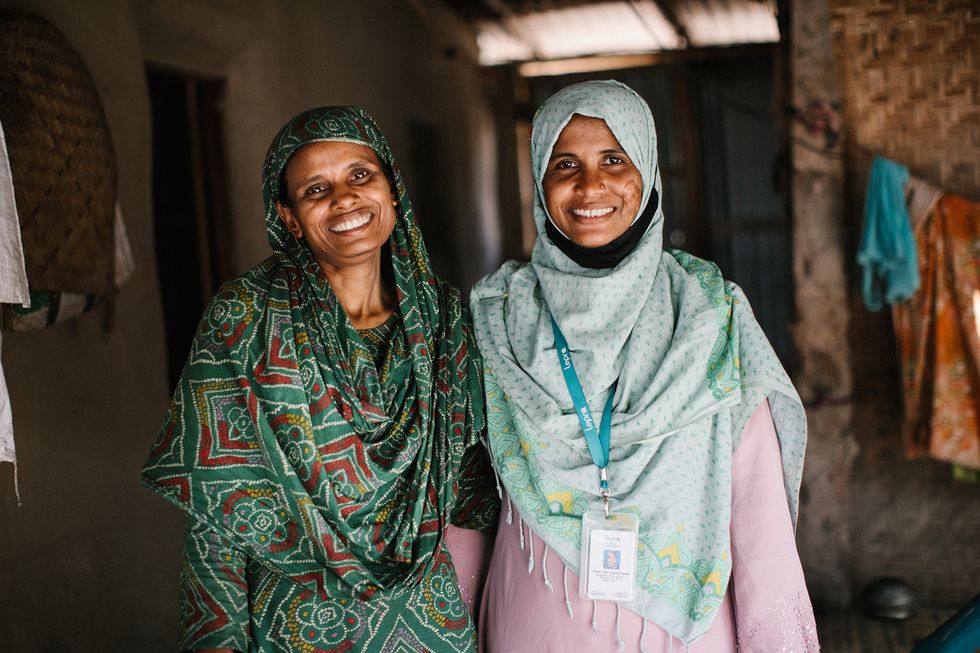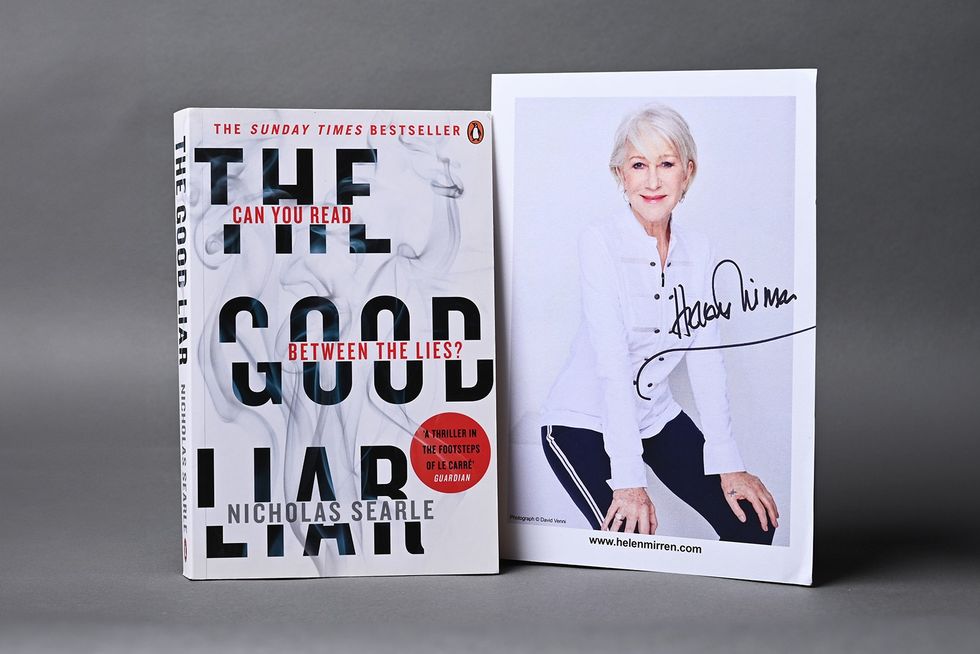BRITISH Asians have a higher rate of catching the life-threatening condition sepsis compared to other population groups, a study found.
The illness, which kills around 48,000 people every year in the UK, occurs when the body overreacts to an infection and starts attacking its own tissues and organs.
Leading doctors have warned that some south Asian patients “sit” on symptoms for a while and have urged people with any concerns to seek medical attention immediately.
A study by the University of Manchester said in addition to those of south Asian heritage, people from the poorest communities were also 80 per cent more likely to develop sepsis compared to those from the least deprived background.
A recent report by the National Child Mortality Database also found that south Asians are at higher risk of sepsis and have poorer outcomes, with the risk higher among Pakistani-origin families.
NHS figures show more people die of sepsis annually than from breast, prostate and bowel cancers combined.
Neel and Nishi’s baby son Samar died in 2018. The family were supported by the UK Sepsis Trust. Neel said: “It’s a phone call that will haunt me for the rest of my life. It was the hospital consultant, calling to tell me my six-day-old son’s heart was failing, and they needed to start chest compressions.
“Even though I remember that phone call so clearly, I can only remember quick snippets of the horrendous few hours which followed – the struggle to run as fast as we could to the car, leaving my pyjamas in a heap on the floor, and looking back as I closed the front door and seeing them and ludicrously thinking Nishi would tell me off for putting my clothes in a messy heap.

“The desperate need to reach the hospital as soon as possible and therefore pushing past the speed limit to finish the journey which had become all too familiar in those past few days; the sinking dread of what we would find at Samar’s temporary home once we arrived.
“And the shattered faces of the doctors and nurses as they knew they would have to deliver the hardest news of all – they would have to tell parents that their baby had not survived.”
Dr Ron Daniels, founder and joint CEO of the UK Sepsis Trust charity, said both reports demonstrate people living in the most socio-economically deprived areas are at greater risk, and such areas have a higher proportion of non-white families.
He told Eastern Eye: “There are, of course, certain diseases which are more prevalent among people of south Asian descent, particularly diabetes, which makes the risk of infection and therefore sepsis more likely. It is likely related to a combination of dietary and genetic factors.
“During the pandemic, it became apparent that multigeneration households were more likely to transmit communicable disease, though it should be said that most cases of sepsis cannot be transmitted between people.
“Like most general health charities, we acknowledge that we are relatively poor at communicating effectively with underrepresented groups.
“We are committed to improving this.” The University of Manchester research looked at data on 224,000 cases of sepsis in England between 2019 and 2022. These cases were compared to more than 1.3 million people who did not have sepsis. Kiran Patel, who is chief medical officer and a consultant cardiologist at University Hospital Coventry and Warwickshire NHS Trust, said the issue and evidence were complex.
He told Eastern Eye: “What we need to ensure is that patients with any symptoms or concerns of sepsis do present to their GP or A&E, as early treatment is essential to improve outcomes.
“Sometimes, Asian patients sit on their symptoms for a while and that can be really dangerous.”
Dr Daniels BEM said south Asian families should not live in constant fear of sepsis. Rather they should appreciate they are at increased risk – across all populations, the risks are highest in the very young and very old.
He said: “As with all families, it is important that they advocate for their loved ones when unwell and trust their instincts. Culturally this may be challenging for some families, but it can make the difference between their loved one surviving and not.
“Asking the question, ‘could it be sepsis’ saves lives.
“Where English is not the first language, families might need to consider whether those close to them might be better at communicating the message and their loved one’s symptoms.
“Again, it’s important where needed that it be seen not as a failing, but as a positive step to advocate for their loved one.”
A blood test is being trialled that can detect whether a patient has sepsis in fewer than 45 minutes and costs between £20 and £30. The process involves cells called neutrophils, the first line of defence against infection in the body which patrol the bloodstream to spot any potential threats. Guy’s and St Thomas’ NHS Foundation Trust in London is conducting the trial, which is expected to be completed in 2025.

















 Natural beauty and architectural splendourGetty
Natural beauty and architectural splendourGetty Peaceful waters and stone-built aqueductsLancaster Canal Trust
Peaceful waters and stone-built aqueductsLancaster Canal Trust
 Diljit Dosanjh and Prabal Gurung attend the 2025 Met GalaGetty Images
Diljit Dosanjh and Prabal Gurung attend the 2025 Met GalaGetty Images 
 Firoza and RupaliTom Bradley
Firoza and RupaliTom Bradley
